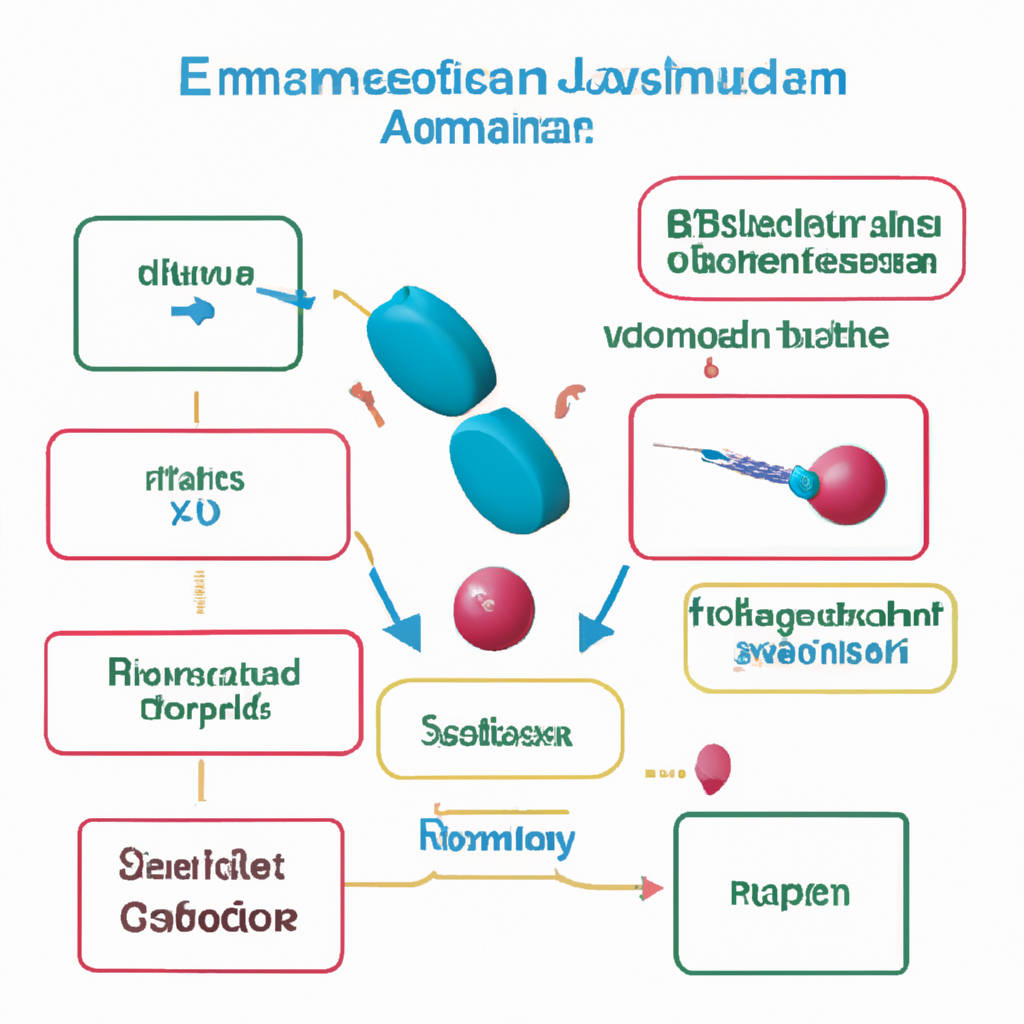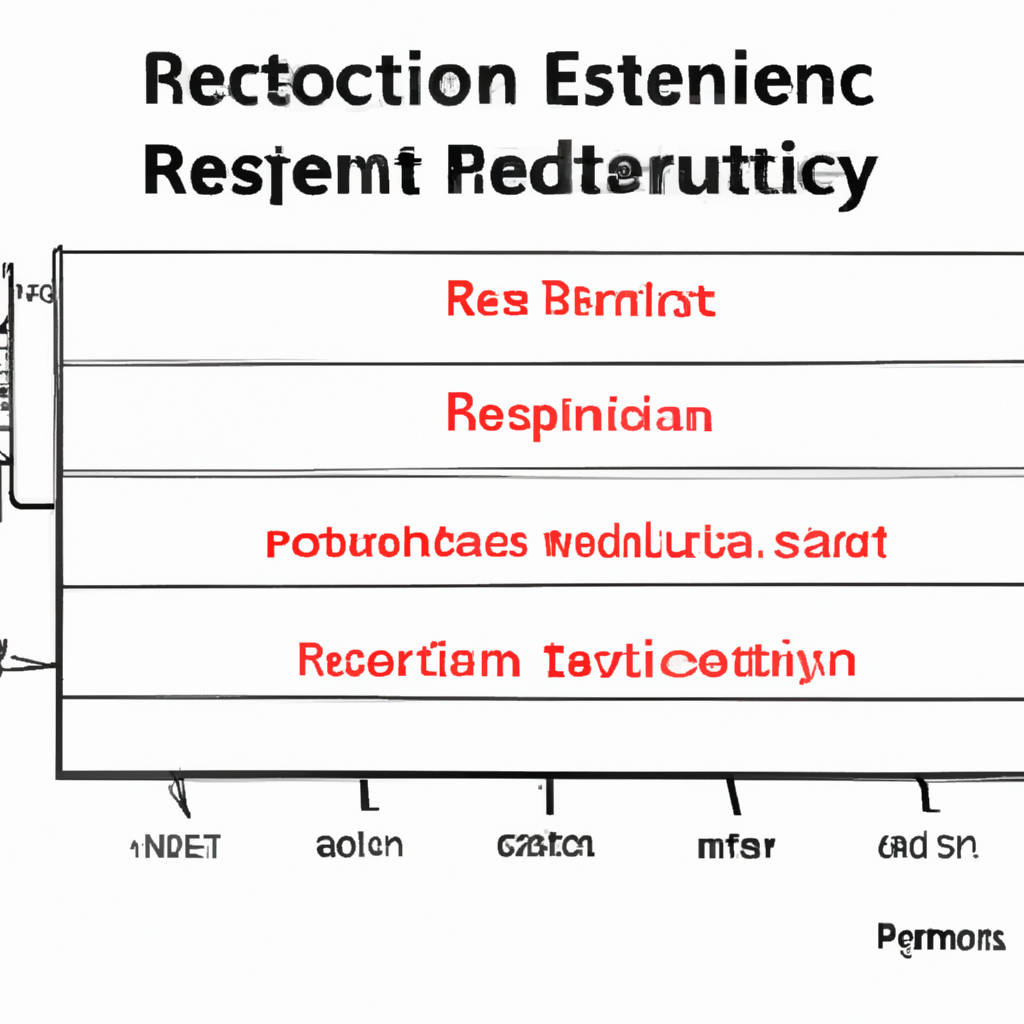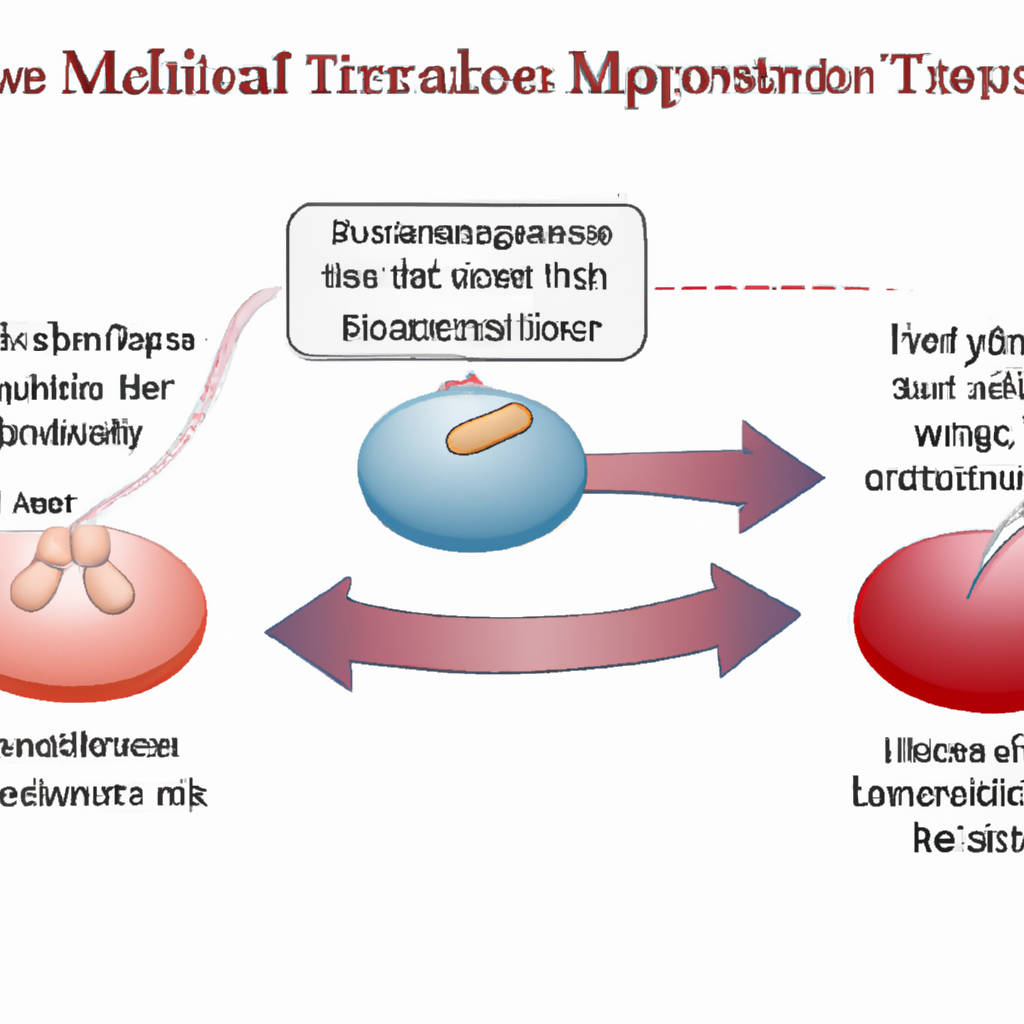Elranatamab is a novel therapeutic agent that has shown promising results in the treatment of various types of cancer. This monoclonal antibody works by targeting a specific protein on the surface of cancer cells, known as B7-H3. By binding to this protein, elranatamab is able to activate the body’s immune system to recognize and attack the cancer cells, ultimately leading to their destruction. This mechanism of action is particularly exciting because it offers a more targeted approach to cancer treatment, potentially reducing the side effects commonly associated with traditional chemotherapy.
In a clinical context, elranatamab has shown great potential in the treatment of solid tumors, such as lung, breast, and ovarian cancers. In early clinical trials, patients treated with elranatamab experienced significant tumor shrinkage and prolonged survival rates compared to those receiving standard treatments. This has led to increased interest and investment in further developing and testing elranatamab as a potential new treatment option for cancer patients.
One of the key advantages of elranatamab is its ability to target a specific protein on cancer cells, which may help to minimize damage to healthy tissues and reduce the risk of side effects. This targeted approach also has the potential to improve treatment outcomes by specifically targeting cancer cells that may be resistant to other treatments. Additionally, elranatamab has shown promise in combination with other cancer therapies, such as chemotherapy and immunotherapy, suggesting that it may have a role in personalized treatment plans for patients with advanced or difficult-to-treat cancers.
While elranatamab is still in the early stages of clinical development, its promising results in early trials have generated excitement among researchers and oncologists. Further studies are needed to fully understand the safety and efficacy of this new therapy, as well as its potential long-term benefits for cancer patients. However, the innovative mechanism of action of elranatamab and its early success in clinical trials suggest that it may have the potential to become an important new tool in the fight against cancer. As research continues to advance and more data becomes available, elranatamab may eventually become a valuable addition to the arsenal of treatments available for cancer patients, offering new hope and options for those facing this challenging disease.

Design and Objectives of the MagnetisMM-3 Phase 2 Trial
The MagnetisMM-3 Phase 2 trial is designed to evaluate the safety and efficacy of a novel therapeutic approach for patients with multiple myeloma. The primary objective of the trial is to assess the ability of the investigational drug to induce a deep and durable response in patients who have failed to respond to previous treatments. Secondary objectives include evaluating the drug’s impact on progression-free survival, overall survival, and quality of life for patients with relapsed or refractory multiple myeloma.
The trial also aims to identify potential biomarkers that may predict response to treatment and to assess the safety profile of the investigational drug. The study design includes a randomized, double-blind, placebo-controlled trial with a large sample size to ensure statistical power. Patients will be closely monitored for adverse events and will undergo regular assessments to measure disease response and progression.
The trial protocol has been carefully designed to adhere to ethical guidelines and regulatory requirements to ensure the safety and well-being of study participants. Overall, the MagnetisMM-3 Phase 2 trial represents a significant advancement in the field of multiple myeloma research and holds promise for improving outcomes for patients with this challenging disease.
Efficacy Results: Response Rates and Duration of Response
The efficacy results of a treatment can be determined by looking at response rates and the duration of response. Response rates refer to the percentage of individuals who experience a positive response to the treatment. A higher response rate indicates that the treatment is more effective at producing the desired outcome. On the other hand, the duration of response refers to how long the positive effects of the treatment last.
A longer duration of response suggests that the treatment has a lasting impact on the individual’s condition. When evaluating the efficacy of a treatment, both response rates and duration of response are important factors to consider. A treatment with a high response rate and long duration of response is likely to be more effective in providing relief to individuals suffering from a particular condition.
It is important for researchers and healthcare professionals to carefully analyze these factors when determining the effectiveness of a treatment and making recommendations for patient care. By assessing both response rates and duration of response, healthcare providers can make informed decisions about the most appropriate and beneficial treatments for their patients. Ultimately, the goal is to identify treatments that not only produce positive outcomes in the short term but also have a lasting impact on the overall health and well-being of individuals.

Safety Profile and Adverse Events Observed
The safety profile and adverse events observed in any given situation are crucial factors to consider when assessing the risks and benefits of a particular course of action. It is important to thoroughly evaluate these factors in order to make informed decisions and ensure the well-being of individuals involved. Adverse events can range from mild side effects to serious complications that can have a significant impact on one’s health and quality of life.
By closely monitoring and documenting these events, healthcare professionals can better understand the potential risks associated with a specific treatment or procedure. This information can then be used to develop strategies to minimize these risks and improve patient safety. Additionally, healthcare providers must be diligent in reporting any adverse events to regulatory authorities to ensure that appropriate measures are taken to protect the public.
By prioritizing the safety profile and closely monitoring adverse events, healthcare professionals can strive to provide the highest level of care while minimizing potential harm to patients. It is essential that all stakeholders work together to promote a culture of safety and transparency in order to achieve the best possible outcomes for those under their care. By continuously assessing and addressing safety concerns, healthcare providers can help to ensure that patients receive the safest and most effective treatments available. Ultimately, the goal is to create a healthcare system that prioritizes patient safety above all else, leading to better outcomes and improved quality of life for all individuals involved.
Implications for the Treatment Landscape of Relapsed or Refractory Multiple Myeloma
The treatment landscape for relapsed or refractory multiple myeloma is constantly evolving, with new therapies and approaches being developed to improve patient outcomes. One of the key implications for this changing landscape is the importance of personalized medicine. As our understanding of the genetic and molecular mechanisms driving multiple myeloma grows, so too does our ability to tailor treatments to individual patients based on their specific disease characteristics. This personalized approach can lead to better response rates and longer remission periods, ultimately improving overall survival rates for patients with relapsed or refractory multiple myeloma.
Another important implication is the increasing availability of novel therapies and combination treatments. In recent years, several new drugs have been approved for the treatment of multiple myeloma, including immunomodulatory agents, proteasome inhibitors, and monoclonal antibodies. These drugs offer new options for patients who have relapsed or become refractory to standard treatments, and are often used in combination to target multiple pathways involved in the growth and survival of myeloma cells. This multi-pronged approach has been shown to be effective in overcoming drug resistance and improving response rates in patients with relapsed or refractory disease.
Additionally, the development of new treatment strategies such as CAR-T cell therapy and bispecific antibodies holds promise for further improving outcomes in patients with relapsed or refractory multiple myeloma. These innovative approaches harness the power of the immune system to target and destroy myeloma cells, providing a potentially curative option for patients who have exhausted standard treatment options. While these therapies are still in the early stages of development, early results have been promising, and ongoing clinical trials are evaluating their efficacy in larger patient populations.
Overall, the evolving treatment landscape for relapsed or refractory multiple myeloma offers new hope for patients facing this challenging diagnosis. By embracing personalized medicine, exploring novel therapies, and combining treatments in innovative ways, we can continue to improve outcomes and quality of life for patients with this complex disease.

Final Thoughts
As we come to the end of our discussion, it is important to reflect on the various perspectives that have been shared. It is clear that there are differing opinions on this topic, with some arguing for one approach and others advocating for a different path. Ultimately, it is up to each individual to weigh the various arguments and come to their own conclusion. It is important to consider not only the immediate consequences of a decision, but also the long-term implications.
It is also crucial to take into account the perspectives of all stakeholders involved and consider the potential impact on each of them. In the end, the decision made should be one that aligns with one’s values and beliefs. It is important to remember that there is rarely a clear-cut answer to complex issues, and it is often necessary to navigate through shades of gray.
As we move forward, it is important to continue to engage in thoughtful dialogue and consider new information that may emerge. By approaching these discussions with an open mind and a willingness to listen to others, we can work towards finding solutions that are fair and just. Ultimately, the final thoughts on this topic will vary from person to person, but it is important to approach these discussions with respect and a commitment to finding common ground.
